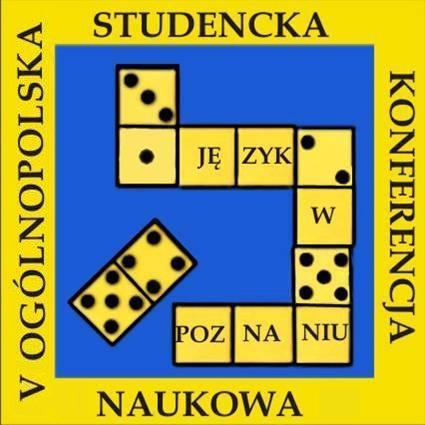Abstrakty - V edycja

Prezentujemy listę referentów oraz tytułów wystąpień i posterów wraz ze streszczeniami. Zapraszamy do lektury!
Przypominamy, że język, w którym podany jest tytuł, jest równoznaczny z językiem całego wystąpienia.
Pod każdym streszczeniem można dowiedzieć się, jakie inne referaty będą w danej sekcji.
Michał Kozicki (Poznań)
Planning of the Amharic language
The Amharic language belongs to the Semitic language family. It is spoken in Ethiopia and Eritrea. Amharic is written in the Geez script which is called a syllabary. Presently, 276 letters are used. In Amharic, there are 27 consonants and 7 vowels. The Geez syllabary is of the South Arabian origin.
With the fall of the Axumite dynasty in the 10th century the country centre was moved to the province of Lasta but the descendants of the Solomonic dynasty who laid claim to the throne were then living in the Amhara region. When Yekuno Amlak came to power, the Geez language lost its status though it was used in education and religious services. Not until the reign of Emperor Haile Selasse was the Amharic language given an official status. Currently it has the status of a working language in Ethiopia as the 5th article of the new 1995 constitution stipulates that all the Ethiopian languages have equal state of recognition.
The National Academy of the Amharic language in Ethiopia is a board whose aim is to foster the growth of this language and to encourage its use in the literature. Along with the increase of contacts with the European civilization, there was a need to create new words most of which were borrowed from English. As for the English borrowings, there are a few ways of incorporating them into Amharic, for example, writing them in the Geez script which reflects the lexifier's pronunciation or even inventing new words on the basis of the Geez language.
Gdzie i kiedy:
| W tym samym czasie ... 412, 504 | sala: 416 moderacja: Natalia Matuszewska |
| 16:20-16:35 | Michał Kozicki (UAM) - Planning of the Amharic language |
| 16:35-16:50 | Bartosz Brzoza (UAM) - Cognate facilitation effect in Polish-English bilingual speakers: the role of cumulative frequency |
| 16:50-17:05 | Małgorzata Wielgosz (UAM) - Epistemic modality and evidentiality in catholic sermons in Spanish |
| 17:05-17:20 | dyskusja |